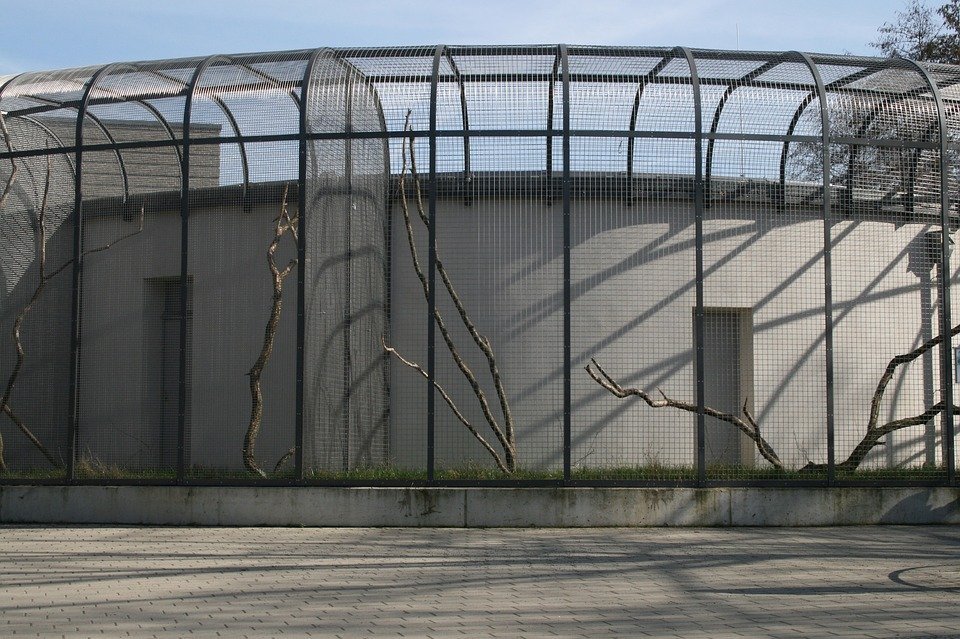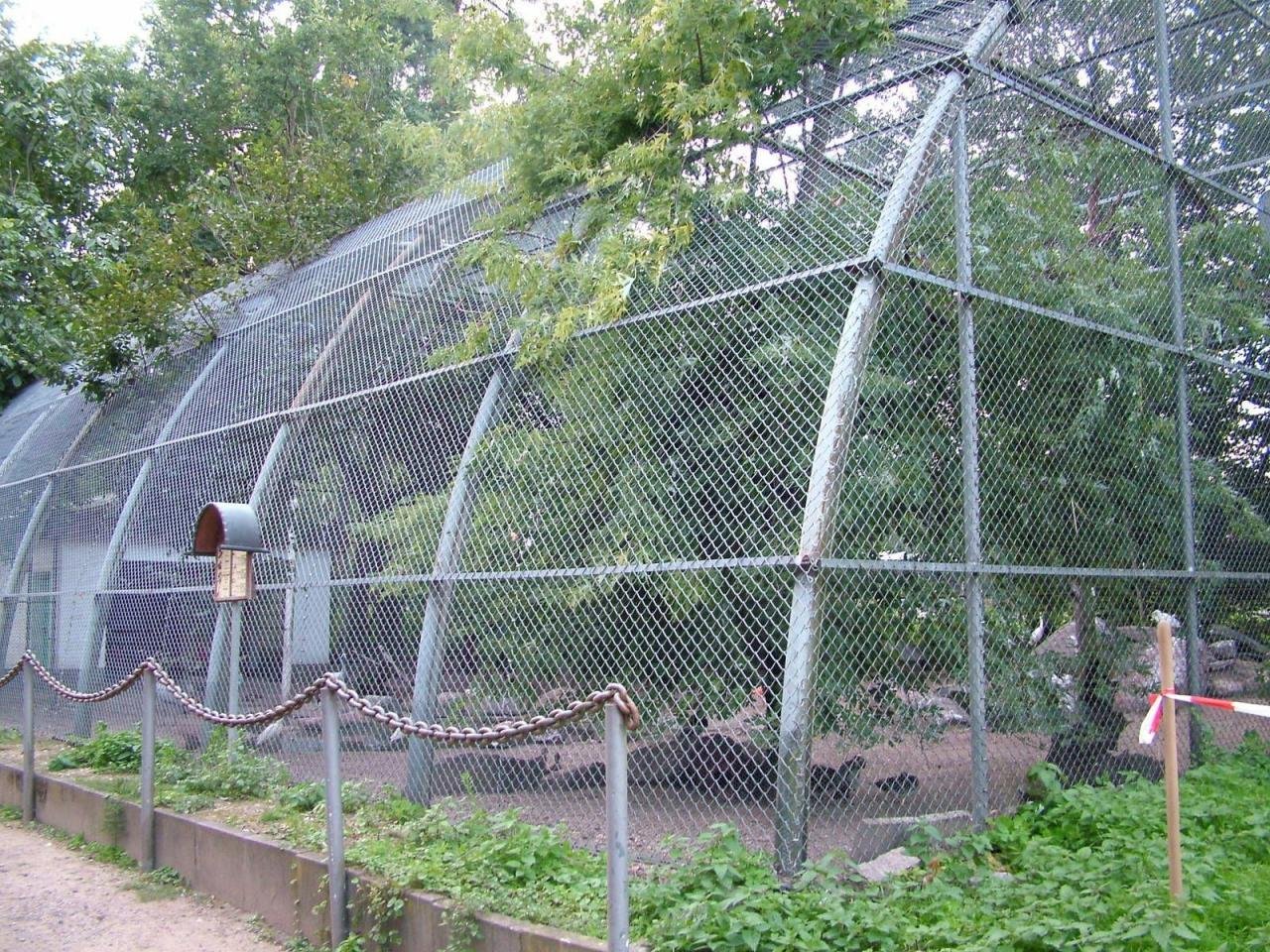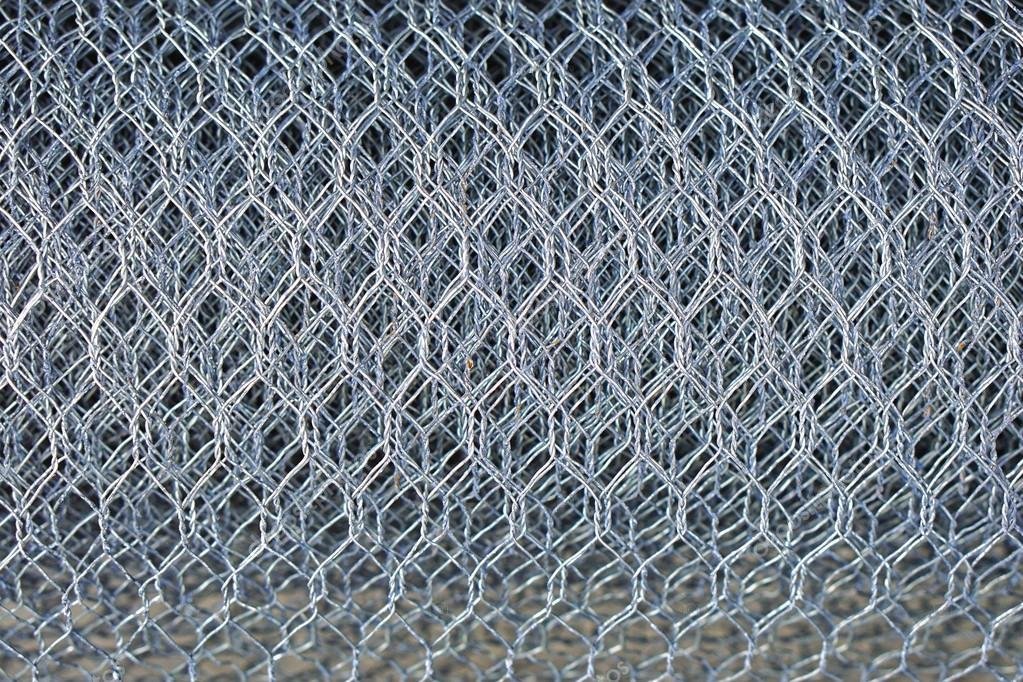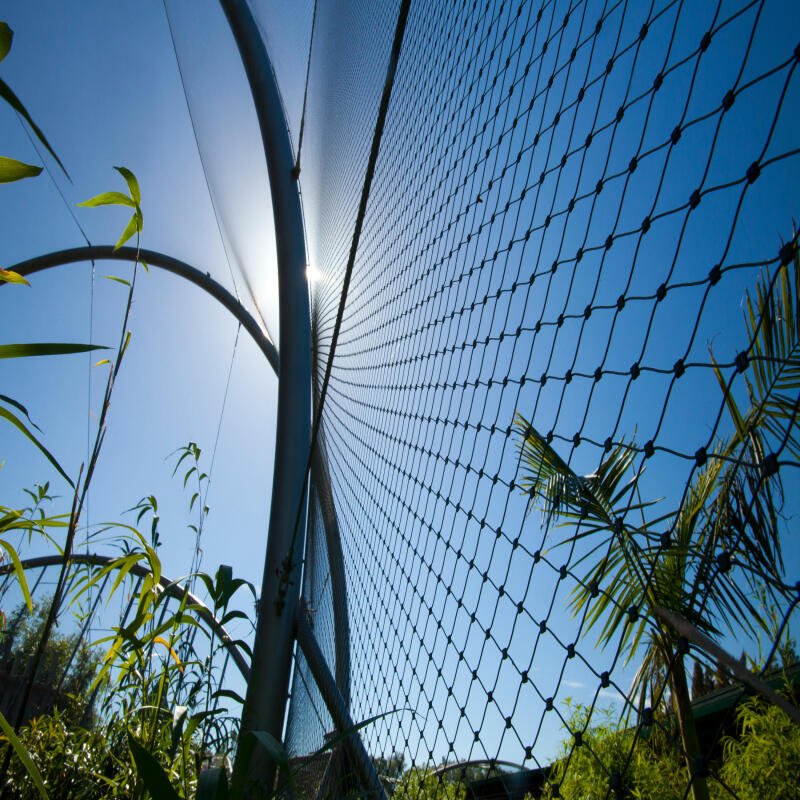A zoo cage should consider that providing an ecological framework and enrichment in captive animal environments play a significant function in ensuring high welfare requirements and advertising pet well-being. These atmospheres should intend to raise behavior diversity and also advertise gratifying experiences throughout the animal’s life. All animals within your treatment need to be in accommodation which:
1. Appropriately fulfills their cognitive capacities.
2. Properly fulfills their social requirements.
3. Encourages all-natural, fulfilling and active habits.
4. Takes into consideration health and wellness at all times.
5. Provides a fascinating, promoting and dynamic environment
What to Consider When Designing a Zoo Cage
When designing a zoo cage, consider the following to create a good environment for the animals:
- Layout, Size, and Design: Make sure the enclosure meets the specific needs of the species. For example, place sensitive or anxious animals in areas with low noise and disturbance.
- Shelters and Refuges: Provide places for animals to hide and visual barriers between the public and the animals. Avoid having enclosures that can be viewed from all sides.
- Furniture and Enrichment: Include items that encourage natural behaviors and activities.
- Space and Dimensions: Ensure there is enough room for animals to move away from threats or disturbances.
- Social Interactions: Design spaces to encourage peaceful social interactions and reduce aggressive behaviors.
- Aquatic Environments: Provide high-quality water environments specific to the species’ needs.
- Safety: Implement safety measures to ensure safe experiences for both animals and staff.
Regularly check the zoo cage to see if it still promotes good welfare for the animals. If there are problems, think about what you can do to fix them. Simple changes like adding branches, adjusting the substrate, or changing temperature and humidity can make a big difference without needing a complete redesign.
The Relevance of recognizing species-specific requirements for zoo cage and husbandry treatment
Different species have different needs based on their biology and behaviors. If our zoo cages don’t meet these needs, the animals’ well-being will suffer. Understanding their specific demands means making sure we meet their physical and behavioral needs. We should also think about the needs of people, as they may need changes based on age, health, individual preferences, and mood and focus on the environmental qualities that support species-specific needs in all exhibits and settings. We can get inspiration from wild environments.
Types of the zoo cage
Types of zoo cage included stainless steel rope mesh, stainless steel rope mesh, weld mesh, crimped wire mesh, chain link mesh, and chicken wire mesh.
The stainless steel wire rope mesh zoo unit includes a stainless steel rope fence and a supporting structure.
The Weld Mesh enclosure, especially stainless steel weld mesh, is flexible and usually pieced together.
The Chain link fence has an adaptable layout. You can customize the mesh size. It’s commonly used in zoos and commercial buildings.
The hexagonal wire mesh is typically used in bird aviaries. It works well for birds from 1″ to 3″ in size, like chickens.
The Crimped Wire Mesh is woven from high-quality stainless steel or galvanized wire. It is also used as zoo mesh.
Stainless Steel Rope Enclosure zoo mesh Specification

| Material |
Cable Diameter |
Hole Size |
Normal Break |
| SS304/316/316L |
3/64″ (1.2MM) |
1″ x 1″ |
270 LBS |
| SS304/316/316L |
1/16″ (1.6MM) |
1″ x 1″ |
480 LBS-zoo cage Recommended specification |
| SS304/316/316L |
1/16″ (1.6MM) |
1.2″ x 1.2″ |
480 LBS |
| SS304/316/316L |
5/64″ (2.0MM) |
1.2″ x 1.2″ |
676 LBS |
| SS304/316/316L |
5/64″ (2.0MM) |
1.5″ x 1.5″ |
676 LBS |
| SS304/316/316L |
5/64″ (2.0MM) |
2.0″ x 2.0″ |
676 LBS |
Weld Mesh

| Opening |
Wire Diameter<BWG> |
| In inch |
In metric unit(mm) |
| 1/4″ x 1/4″ |
6.4mm x 6.4mm |
22,23,24 |
| 3/8″ x 3/8″ |
10.6mm x 10.6mm |
19,20,21,22 |
| 1/2″ x 1/2″ |
12.7mm x 12.7mm |
16,17,18,19,20,21,22,23 |
| 5/8″ x 5/8″ |
16mm x 16mm |
18,19,20,21, |
| 3/4″ x 3/4″ |
19.1mm x 19.1mm |
16,17,18,19,20,21 |
| 1″ x 1/2″ |
25.4mm x 12.7mm |
16,17,18,19,20,21 |
| 1-1/2″ x 1-1/2″ |
38mm x 38mm |
14,15,16,17,18,19 |
| 1″ x 2″ |
25.4mm x 50.8mm |
14,15,16 |
| 2″ x 2″ |
50.8mm x 50.8mm |
12,13,14,15,16 |
Chain Link Mesh

| Chain Mesh zoo cage Specifications |
| Fence Height: |
5ft, 6ft, 8ft, etc. (1.5m, 1.8m, 2.0m, 2.4m, etc.) |
| Fence Length: |
9m, 12m, 15m, 20m, 30m |
| Wire Thickness: |
2.5mm, 3.0mm, 3.15mm, 3.5mm, 4.0mm |
| Opening size: |
25x25mm, 50x50mm, 75x75mm, 80x80mm |
Hexagonal Chicken Wire Mesh

| Hexagonal Wire Netting Specification |
| Mesh Size |
Wire Diameter |
Width & Length |
|
|
|
| 3/8″ |
9.52mm |
0.42mm – 0.50mm |
Width: 0.5m-1.8m
Length: 25m, 30mOther sizes Hexagonal Enclosure zoo mesh can be made as to the customer’s request |
| 1/2″ |
12.7mm |
0.38mm – 0.80mm |
| 5/8″ |
16mm |
0.38mm – 1.0mm |
| 3/4″ |
19mm |
0.38mm – 1.2mm |
| 1″ |
25.4mm |
0.38mm – 1.2mm |
| 5/4″ |
31mm |
0.55mm – 1.2mm |
| 3/2″ |
38.1mm |
0.55mm – 1.4mm |
| 2″ |
50.8mm |
0.55mm – 1.5mm |
| 3″ |
76.2mm |
0.65mm – 1.5mm |
| 4″ |
101.6mm |
1.2mm – 2.0mm |
Crimped Wire Mesh

| Wire Gauge (SWG) |
Wire Diameter (mm) |
Mesh/Inch |
Aperture (mm) |
Weight kg/m2 |
| Six zoo cage |
4.8 |
1 |
20.6 |
11.5 |
| 8 |
4.05 |
2 |
9 |
16.5 |
| 10 |
3.2 |
2 |
10 |
10.5 |
| 12 |
2.6 |
3 |
5.9 |
10.5 |
| 14 |
2.0 |
3 |
6.5 |
6 |
| 16 |
1.6 |
4 |
5 |
5.5 |
| 17 |
1.4 |
5 |
5.1 |
5.0 |
| 18 |
1.2 |
5 |
4 |
3.6 |
| 19 |
1.0 |
6 |
3.2 |
3.0 |
| 21 |
0.8 |
7 |
2.8 |
2.3 |
| 22 zoo cage |
0.7 |
8 |
2.5 |
2 |











